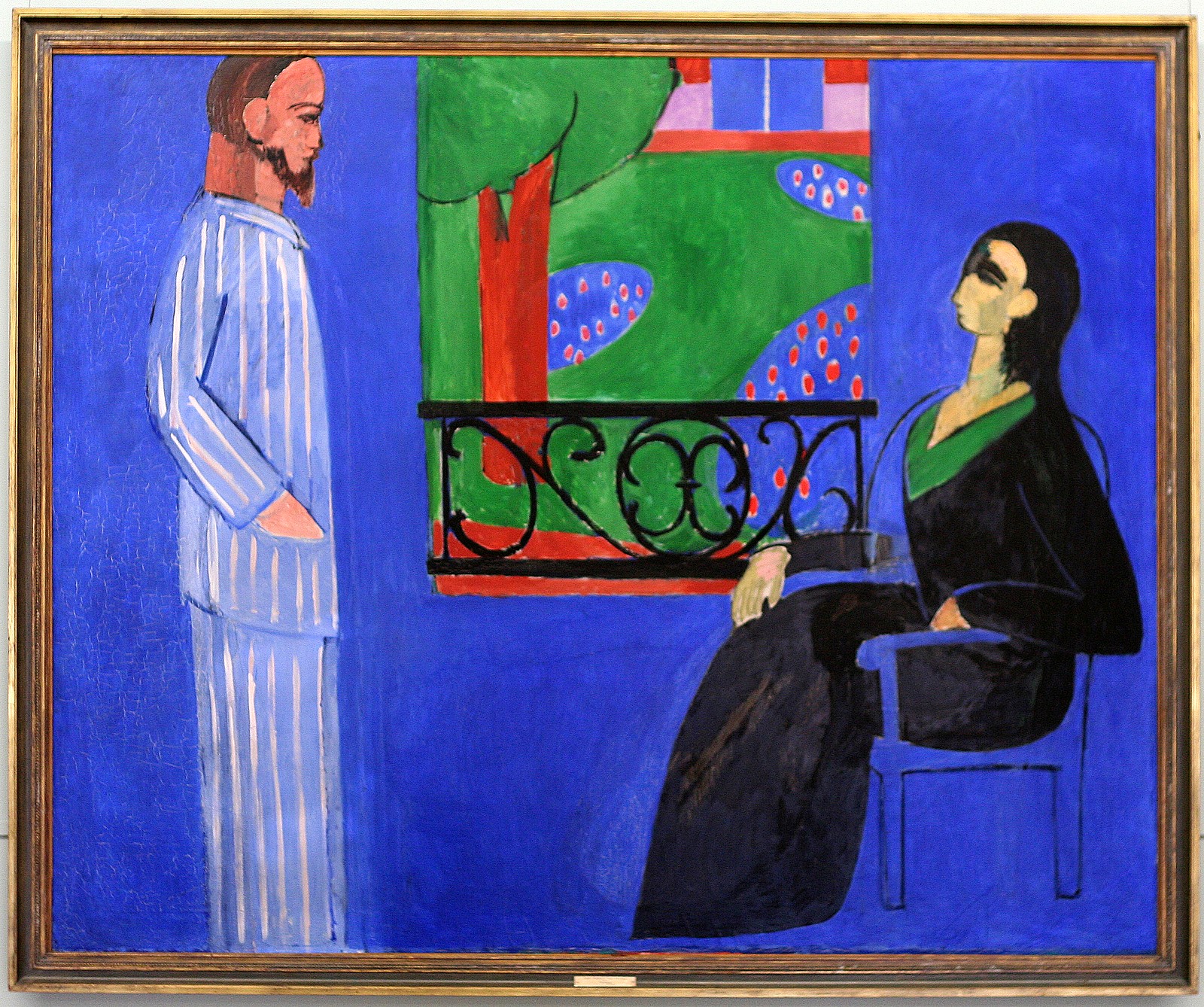The Joy of Life
7:00 AM |
| Henri Matisse, The Joy of Life, 1905-1906 |
By MELISA CAPAN
As one of the first avant-garde movements in France, Fauvism found its influences from post-impressionists like Van Gogh and Cézanne. Through experiments with paint application, subject matter, expressive line and excessive use of pure color, The Fauves were the first to break free from Impressionism and older traditional methods of perception. This group of artists was loosely organized and their only agenda laid in their response to nature that was expressed in bold, loose brushstrokes and vibrant colors straight from the tube. Henri Matisse was the father of Fauvism and thrived believing that personal expression was one of the most important attributes of a great painter. His immense experimentation led him to reject three-dimensional space and instead seek a new space defined by the movement of color planes. Matisse turned from subtle hues and began working with bright colors directly from the tube to convey emotion.
The Joy of Life remains one of Matisse’s greatest Fauve paintings. This particular painting sits at a large scale (6 ft. x 8 ft.), depicting an Arcadian landscape with a vivid and brilliantly colored forest. All of the Fauves were intensely preoccupied with color as means of personal expression. A sky could be orange and a tree could be blue, everything depended on artist’s perception. Matisse claims his color choice is dependent on observation and feeling, which appears in The Joy of Life as happiness. Many speculate that The Joy of Life is an allegory for a mythological world or paradise that doesn’t truly exist in real life. Nude figures populate the painting both at rest and in motion. Matisse uses colorful shapes that symbolize human expression of the joy of piping, lovemaking and dancing. By form and in date The Joy of Life is closest to Cézanne’s last great painting, Large Bathers. Matisse drew from the world around him and included many landscapes and portraits. With his active brushwork and non-naturalistic color Henri Matisse leads the viewer into their inner eye.










0 comments